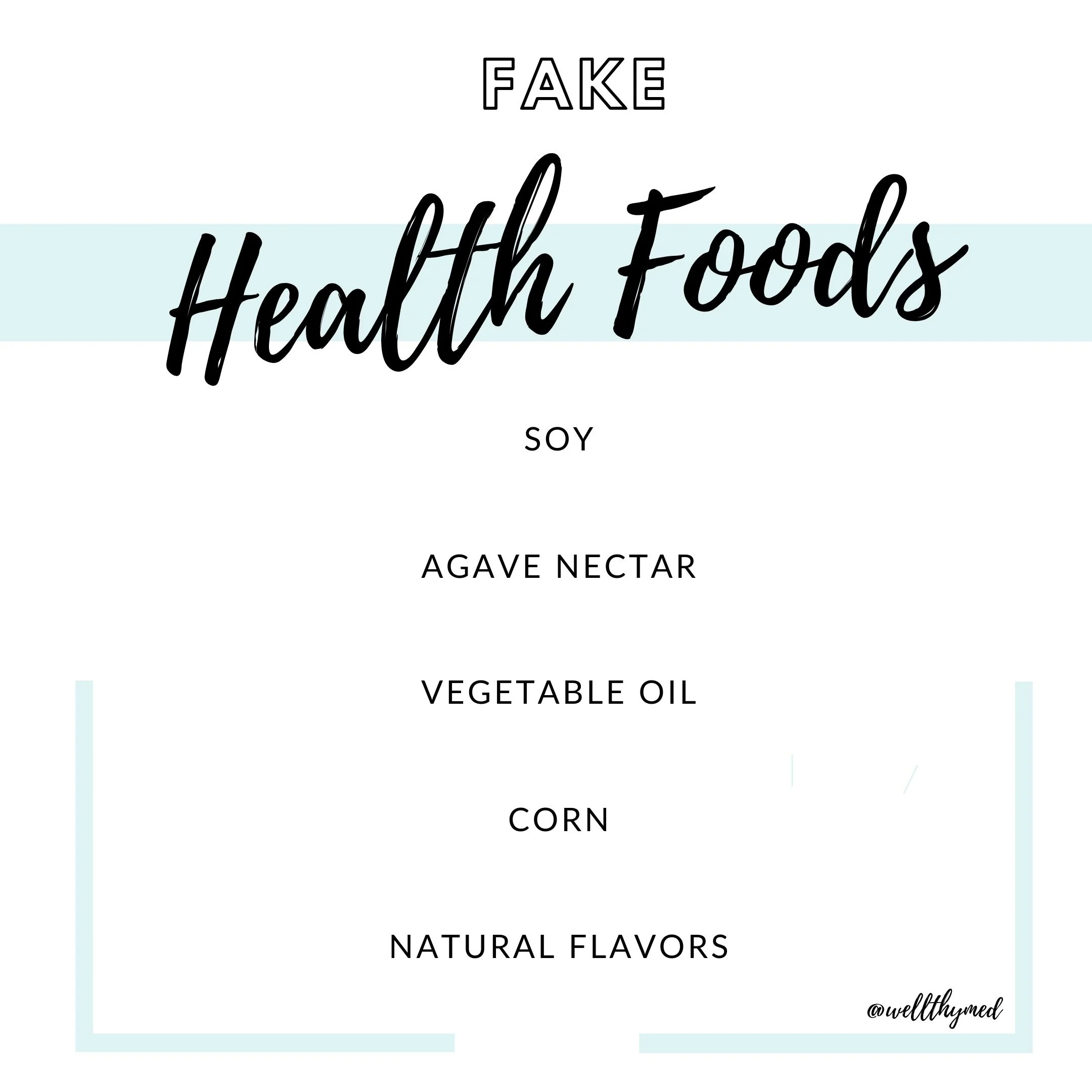Toxic seed oils are one of the top toxins being consumed by most American children daily - the average person in the U.S. consumes 5-10 tablespoons per day, often without even realizing it! Removing them from the diet is one of the most impactful changes that you can make for the health of your family. But first, let’s back up: why are vegetable oils even bad?
Common Food Cravings and What They Mean
Food cravings can be an easy signal from your body, often indicating a need for a certain vitamin or mineral (late night chocolate craving, anybody?). While the signal may be clear, deciphering the actual message can sometimes be a bit tricky! Fortunately, nutritional therapy helps bridge this gap by offering insight on cravings and the nutrient deficiency they may indicate. Let’s jump into some of the top ones…
+Chocolate - Perhaps the most common craving, chocolate can indicate a need for magnesium. Try adding some nuts or seeds (soaked or sprouted, of course, for optimal digestion!) or legumes into your diet for a good magnesium boost. Taking magnesium baths or applying topical magnesium is also a great choice as it tends to be very well absorbed through the skin.⠀⠀⠀⠀⠀⠀⠀⠀⠀
⠀⠀⠀⠀⠀⠀⠀⠀⠀
+Sweets - This one is a little more broad, but if you are craving sweets it may be tied to multiple nutrient deficiencies including chromium, carbon, phosphorous, sulfur, or traptophan. Eating a properly prepared, whole foods diet is the first step to addressing these deficiencies. Depending on the severity, however, that may not be enough. Working with a trained FNTP to help address your body’s specific imbalances through a Functional Clinical Assessment would be the best next step in this scenario.⠀⠀⠀⠀⠀⠀⠀⠀
⠀⠀⠀⠀⠀⠀⠀⠀⠀
+Coffee - While I love coffee just as much as the next gal (and look forward to my morning cup every day!), if you find yourself truly craving coffee (or tea) all day long, it could indicate a need for phosphorous, sulfur, or iron. Dialing into your body’s queues and truly listening to them can tell you a lot about your health! (If you’re reaching for that coffee around 2 p.m. when your hitting your afternoon slump, that is another indicator that you may have some nutritional imbalances that could benefit from additional support!).⠀⠀⠀⠀⠀⠀⠀⠀⠀
⠀⠀⠀⠀⠀⠀⠀⠀⠀
+Salty Foods - This craving is often simple and tied to a chloride deficiency. Adding in unrefined sea salt (Celtic sea salt and Himalayan sea salt are my go-tos), goat cheese and fish are great sources of chloride. Be sure to avoid satisfying this cravings with refined salt (found in most processed foods) as it has been stripped of nutrients and doesn’t offer any of the health benefits real, unrefined sea salt does. A simple way to tell if the salt you are using has been refined? Look at the coloring! Real sea salt options get their coloring from their minerals, so an unrefined version should have a slight coloring - in Celtic salts this tends to be grey and in Himalayan it’s pink.
⠀⠀⠀⠀⠀⠀⠀⠀⠀
+Bread - This may be tied to a need for nitrogen. Incorporating high protein foods like fish and meat are great sources of nitrogen!
While these may be the top ones, there are truly hundreds of cravings that can offer insight onto the specific nutritional needs your body is experiencing. The next time you feel a craving coming on, pay attention and you just may be surprised to see how clearly your body is communicating with you!




